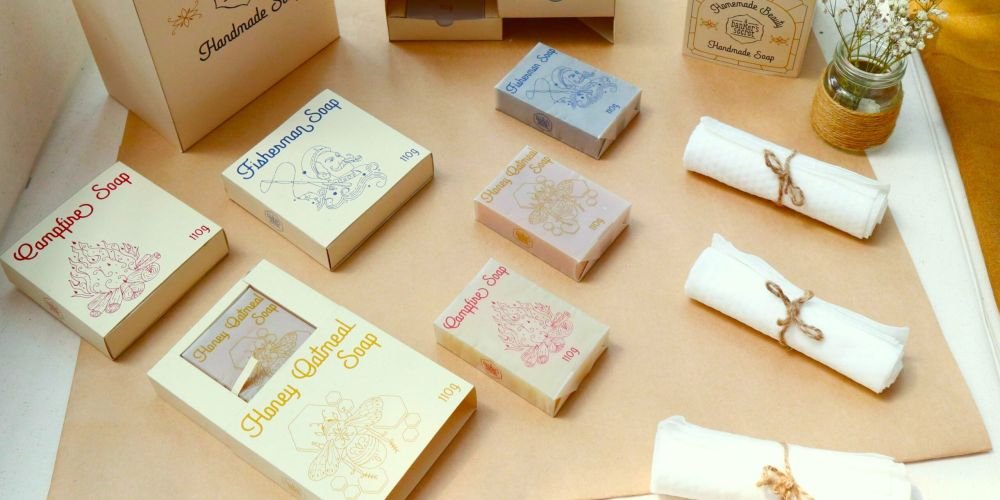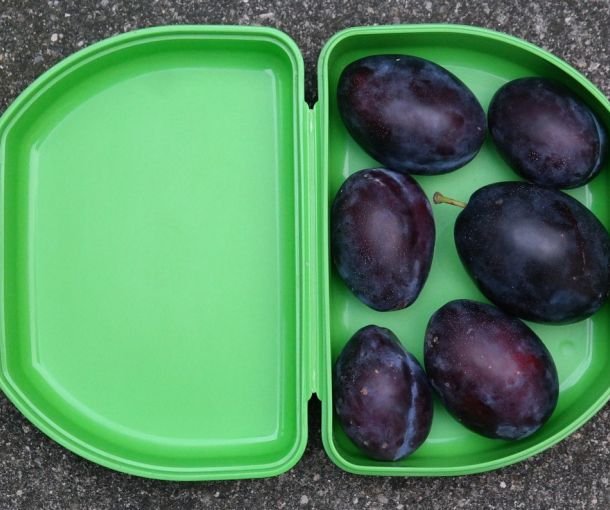The Future of Packaging: Seaweed Macroalgae’s Sustainable Revolution

The global packaging industry, grappling with the environmental consequences of plastic waste, is on the brink of a revolution with the emergence of seaweed macroalgae as a sustainable alternative. This comprehensive exploration delves into the multifaceted aspects of seaweed macroalgae, examining its scientific underpinnings, diverse applications, and the challenges and opportunities it presents.
In-Depth Understanding of Seaweed Macroalgae
Seaweed macroalgae, found abundantly in marine environments, are large, photosynthetic organisms. Unlike terrestrial plants, they thrive in saline water without the need for fertilizers, making them an environmentally low-impact resource. These organisms are highly efficient at sequestering carbon dioxide, contributing significantly to reducing greenhouse gas emissions. The cultivation of seaweed doesn’t compete with food crops for land resources, presenting a sustainable alternative to land-based bioresource cultivation.
Unique Properties
Seaweed stands out due to its unique composition. It is rich in polysaccharides like alginate, carrageenan, and agar, which are key to developing biodegradable and flexible packaging materials. These natural polymers offer a range of mechanical and chemical properties, which can be tuned to match the requirements of various packaging applications.
Expanding the Horizon of Scientific Research and Development
Biopolymer Extraction Innovations
The process of extracting biopolymers from seaweed is a cornerstone of this technological advancement. Researchers are exploring environmentally friendly and energy-efficient extraction methods. For instance, the use of cold water or mild acid solutions for alginate extraction reduces energy consumption and preserves the integrity of the polymer.
Advanced Testing for Durability and Practicality
The development of seaweed-based packaging materials involves rigorous testing. Durability tests assess the material’s resilience to factors like humidity, temperature fluctuations, and mechanical stress. These tests are crucial for applications in varying climatic conditions and transportation scenarios. Practicality tests, on the other hand, focus on the material’s performance in real-life packaging applications, such as its ability to protect and preserve food products, its ease of handling, and consumer interaction.
Comprehensive Real-World Applications and Test Cases
Food and Beverage Industry Breakthroughs
The use of seaweed in food and beverage packaging is gaining momentum. For instance, a London-based startup has developed seaweed-based capsules for beverages, which are consumed whole, eliminating the need for plastic bottles. These capsules are made using a seaweed extract that is tasteless and odorless, providing a sustainable and novel consumer experience.
In the fast-food industry, companies are exploring seaweed-based materials for food wrappers. These materials need to be grease-resistant and durable, while also being compostable. The challenge is to create a material that meets these requirements without compromising on the food’s quality and safety.
Retail and Supermarket Innovations
In retail, supermarkets are trialing seaweed-based nets and films for produce packaging. These alternatives to plastic packaging not only offer environmental benefits but also have the potential to extend the shelf life of fruits and vegetables, thanks to the natural antimicrobial properties of seaweed.
Expanding into Cosmetics and Personal Care
The cosmetics industry is leveraging seaweed-based films for packaging face masks, creams, and other personal care products. These films dissolve upon contact with water, offering a zero-waste solution. The challenge lies in ensuring these films maintain the integrity of the products they encase, particularly in terms of moisture control and product stability.
Pharmaceutical Packaging Potential
Seaweed’s application in pharmaceutical packaging is a burgeoning field. Pills and capsules packaged in seaweed-derived materials could significantly reduce the sector’s reliance on plastic. The key challenge here is meeting stringent health and safety regulations, ensuring that the packaging maintains the efficacy and shelf-life of pharmaceutical products.
Luxury Goods and Fashion Forward Thinking
The fashion and luxury goods sectors are also experimenting with seaweed-based materials for product packaging. This move aligns with the growing trend of sustainability in these industries. The challenge is to develop materials that not only protect high-value products but also align with the aesthetic and tactile expectations of luxury consumers.
Tackling Challenges and Embracing Future Prospects
Scaling Up to Meet Demand
Scaling production to meet global demand is a significant challenge. Developing sustainable seaweed farming practices and establishing efficient processing facilities are essential for large-scale production. Collaborative efforts between governments, industries, and research institutions are critical to building the necessary infrastructure and supply chains.
Ensuring Quality and Consistency
Maintaining a consistent quality of seaweed-based materials is essential, especially for applications in sensitive sectors like food and healthcare. Continuous research and development, coupled with stringent quality control systems, are imperative to ensure the reliability and safety of these materials.
Economic Viability and Market Competitiveness
For seaweed-based packaging to compete with conventional materials, it must be economically viable. Innovations in processing technologies and economies of scale are key to reducing production costs. Additionally, market incentives and regulatory support can help make seaweed-based packaging a more attractive option for manufacturers and consumers alike.
Fostering Consumer Acceptance
Consumer acceptance is crucial for the success of seaweed-based packaging. Educational campaigns highlighting the environmental benefits and demonstrating the functionality and safety of these materials are necessary to shift consumer preferences away from traditional plastics.
Assessing Long-Term Environmental Impacts
The ecological impact of large-scale seaweed cultivation is an area that warrants further research. Potential effects on marine ecosystems and biodiversity must be carefully monitored and managed to ensure that seaweed farming remains a sustainable practice.
The Wave is Building
Seaweed macroalgae offers a promising and innovative solution to the global challenge of sustainable packaging. Its versatility and eco-friendly properties position it as a key player in the transition towards greener packaging solutions. While challenges remain, the concerted efforts of researchers, industry players, and policymakers can pave the way for seaweed-based packaging to become a mainstream, environmentally responsible alternative. As we continue to explore and refine this technology, seaweed macroalgae stands as a beacon of hope in our pursuit of a sustainable and plastic-free future.


